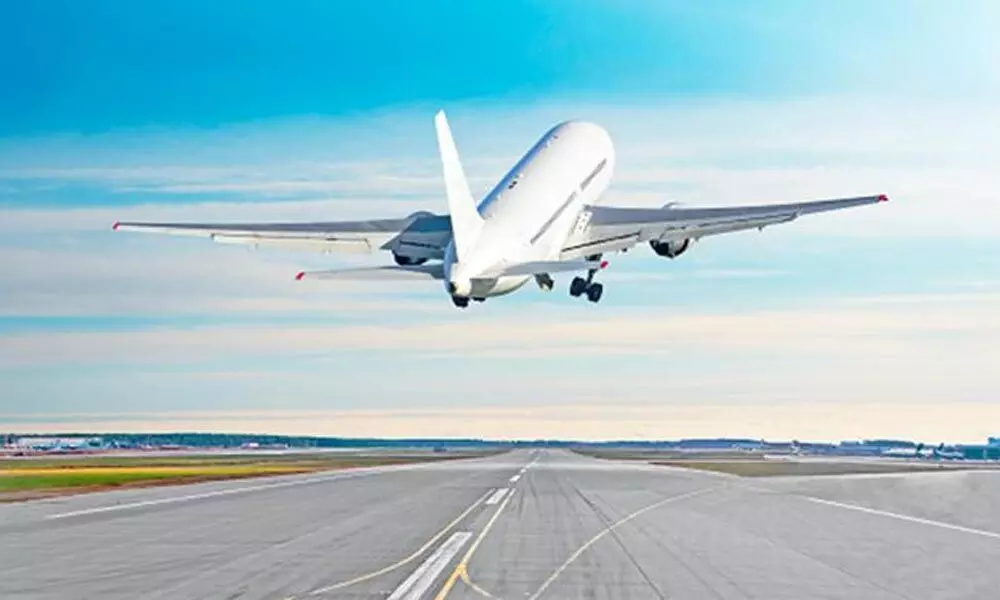Domestic air travel on the road to recovery
In financial year 2020, the total air passenger traffic in India reached more than 200 million passengers. It was a slight decrease comparing to the previous year due to the impact of coronavirus pandemic.
image for illustrative purpose

In financial year 2020, the total air passenger traffic in India reached more than 200 million passengers. It was a slight decrease comparing to the previous year due to the impact of coronavirus pandemic.
In India, there were over 400 airports and airstrips, while 153 were operational. Passenger traffic amounted to over 115 million at airports across India in financial year 2021, out of which over 10 million were international passengers. However, there was a drop in traffic of both the domestic and international passengers.
However, India's domestic air travel passenger volume in September 2021 rose to a robust 79.20 per cent to 70.66 lakh – as compared to 39.43 lakh passengers in the same month of 2020 – aided by increased Covid vaccination rates, easing some more travel restrictions and demand bolstered by the festive season.
According to the AAI traffic report, during the month of September 2021, all operational airports (taken together) handled 146.85 thousand aircraft movements (excluding General Aviation Movements), 15.44 million passengers and 274.64 thousand tonnes of freight.
The Indian government banned domestic air travel for nearly two months in late March last year owing to the Covid pandemic and suspended scheduled international air services to and from India.
After facing air pockets for nearly a year-and-half owing to the outbreak of the Covid-19 pandemic, the domestic aviation industry is finding tailwinds with the demand for air travel taking off gradually.
Experts said the increase in domestic passenger volumes coupled with privatisation of Air India, launch of a new ultra-low-cost airline and re launch of Jet Airways in its 2.0 version next year translates into possibilities of more job opportunities in all categories of the aviation business – be it for pilots, cabin crew, engineers and ground handling, among other.
After the second wave subsided around July and the government pushed for administering more vaccine doses across the country that subsequently pushed up vaccination rates, people gradually took to flying again leading to higher passenger numbers month on month.
With the restoration of 100 per cent capacity for domestic flights by the civil aviation ministry from October 18, experts believe that the move will allow airlines to serve a wider market and in turn, will encourage air travel further. More travel means more flights, more seats and more jobs going forward but the hiring pattern will be different than seen in the market before the pandemic, say industry experts.

